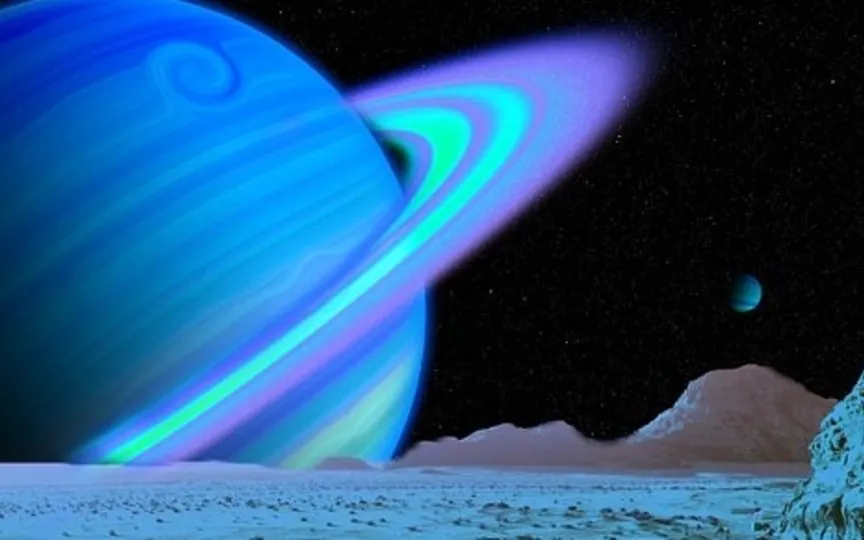Three new moons discovered around Uranus and Neptune, including the smallest ever detected
Recently, astronomers have made a fascinating find in our solar system, identifying two small moons orbiting Neptune and one circling Uranus. With these new discoveries, the total number of known moons around these gas giants has increased to 16 for Neptune and 28 for Uranus.
The most significant of these discoveries is the new moon of Uranus, which is believed to be the smallest ever observed around the ice giant. This small moon is only 8 kilometers wide and orbits Uranus every 680 days. Considering its size, it is even smaller than the Martian moon Deimos, which is one of the smallest known moons in our solar system, according to the Carnegie Institution for Science.
Currently named “S/2023 U1,” the moon of Uranus is awaiting an official name, likely derived from a character in a Shakespearean story.
On Neptune’s front, the brighter of its two new moons is provisionally named “S/2002 N5” with a diameter of 14 miles (23 km) and an orbital period of 9 years. Meanwhile, its dimmer companion “S/2021 N1” is only 8.6 miles (14 km) wide and takes 27 years to complete an orbit around Neptune.
These ground-breaking discoveries were announced by the International Astronomical Union’s Minor Planet Center, which showcased the collaborative efforts of astronomers from different institutions. Using observatories in Hawaii and Chile, researchers including Scott Sheppard of Carnegie Science and colleagues at NASA’s Jet Propulsion Laboratory observed these elusive moons.
Sheppard’s team used advanced image processing techniques to reveal these faint objects, marking them as the faintest moons ever observed around Uranus and Neptune by ground-based telescopes. The discovery process involved months of careful observation and analysis, with special observing time allocated to extremely pristine conditions to determine the orbit of Neptune’s dimmer moon.
Interestingly, all three new moons have egg-shaped orbits that are significantly tilted to the orbital plane of their host planets. This peculiar orbit suggests that they were gravitationally captured at a later stage, rather than forming alongside their gas giants.
As astronomers continue to explore the depths of our solar system, such discoveries provide valuable insights into the dynamics and evolution of extraterrestrial planetary systems.




